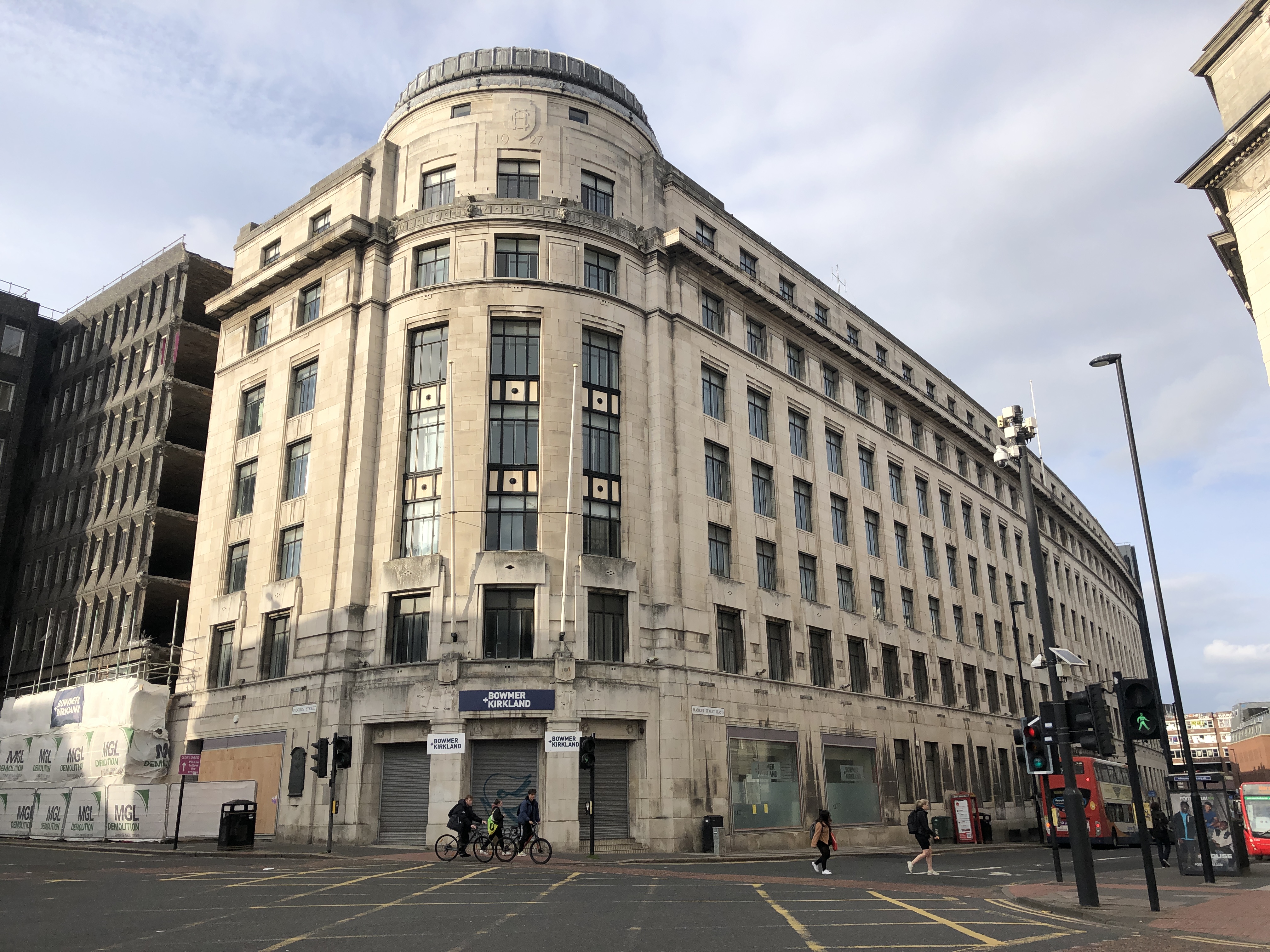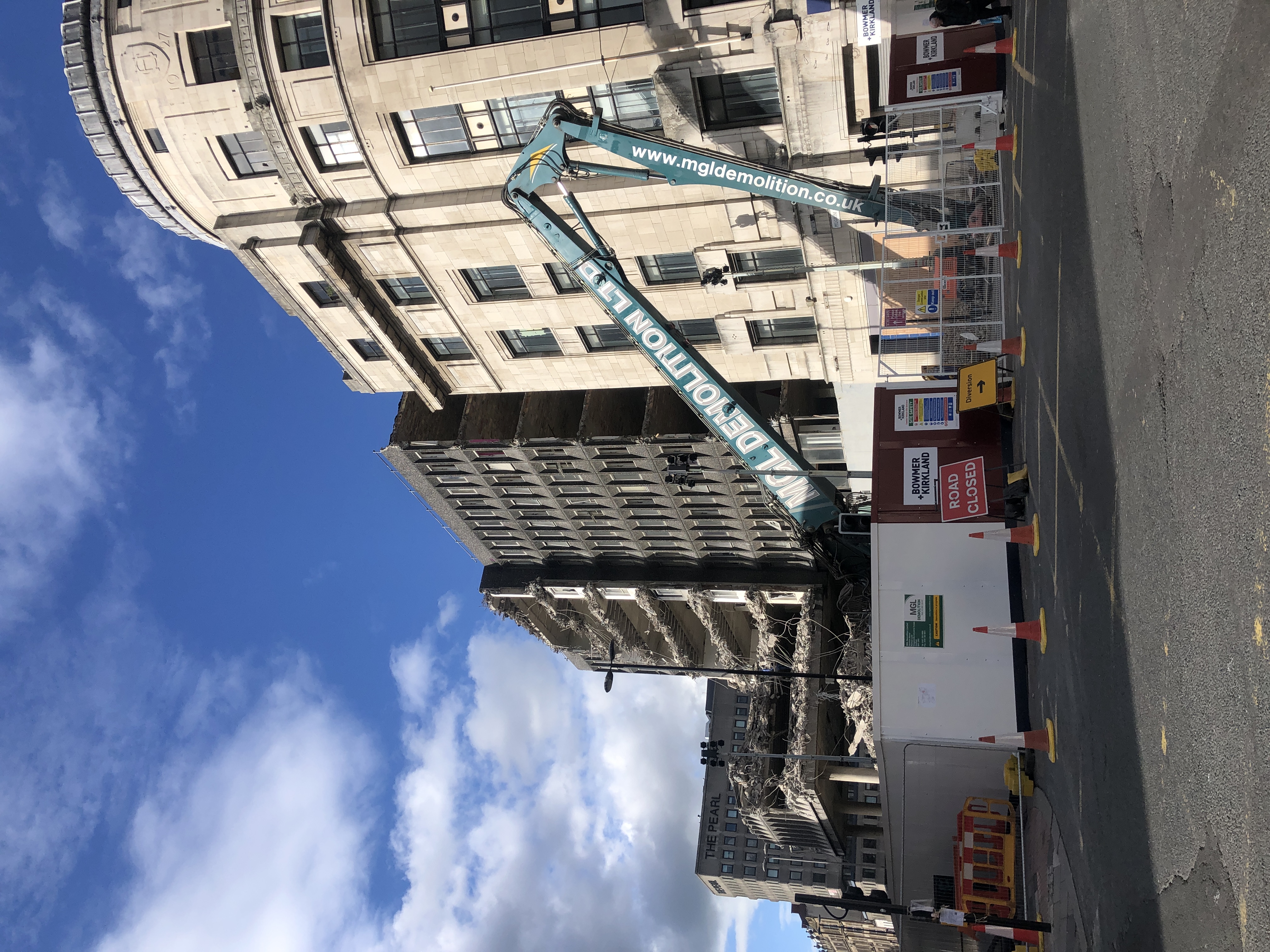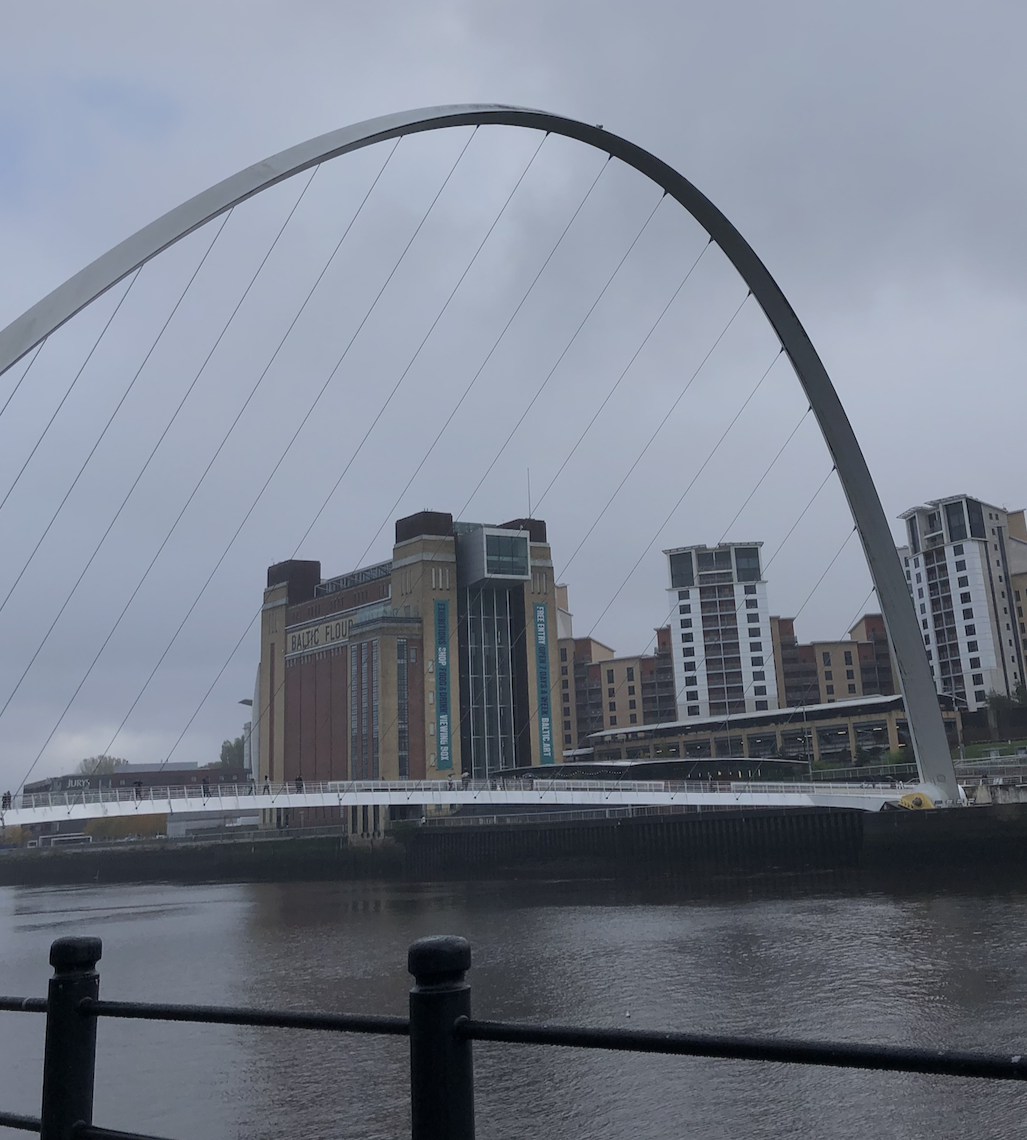‘Adaptive reuse’ is one of the most important tools architects have in their arsenal for combating climate change, preserving heritage and maintaining a socially vibrant city. Too often, developers are keen to demolish ‘redundant’ buildings without thought to the historical, social and environmental implications of their actions. Creatively reusing and repurposing buildings can usually offer a solution to balance the need to build new and protect the old - but the planning system isn’t always set up to prioritise these three concerns in its decision-making process.
Carliol House & Commercial Union Building, Newcastle
One block of buildings in Newcastle is currently facing these development issues. Newcastle’s City Centre, like in most British post-industrial cities, is a medley of streets cobbled together from decades spanning the 17th Century through to present day. Grainger’s Georgian shopping streets weave into a 1960s concrete maze into Victorian factory buildings and contemporary developments along the Quayside. But one of its melange blocks is set to be almost entirely razed to the ground to make way for new HMRC buildings.
 Carliol House
Carliol House
To the South of this site sits 1920s Art Deco style Carliol House; whilst passed planning proposals promise to retain the facade of the building, it will be largely internally demolished as floor levels don’t match up with the developer’s plans. Chair of the Northumberland and Newcastle Society’s Tyneside Committee, Tim Wickens, asserts that “this isn’t good enough”. He went on to say that “it surely must be possible to incorporate Carliol House into the proposed scheme which, overall, we welcome as it will bring a neglected part of the city centre back to life.”
Carliol House isn’t the only building drastically changing in the new developments. The 1960s brutalist Commercial Union House is destined for a worse fate: complete demolition. The same goes for popular shipping container eatery-bar-music venue ‘Stack’, which has already shut its doors. This is a massive shame to me and many other heritage supporters in the region. Buildings are responsible for a staggering chunk of 40% of annual global CO2 emissions, and 11% of this is from embodied carbon - rising from the materials and construction going into new buildings - and concrete is a particularly bad culprit. Yet Commercial Union House is currently being torn down, wasting tonnes of it.

The social implications of removing established buildings, like Commercial Union House, are unquantifiable yet pertinent. Despite its branding as one of Newcastle’s “ugliest” buildings, so many local artists and organisations used the buildings as workspace. Now, they have all been dispersed, which has interrupted formed connections and communities. This social element is arguably as important as heritage and environmental concerns over the removal of buildings. But what could be the solution to situations like this happening time and time again?
Creative alternatives to demolition
Whilst we can’t stick with the buildings we have forever, and changes to the streetscape must be made, there are some creative solutions to straight-up demolishing beloved buildings in our agglomerate cities. Carliol House is partway there in its approach to ensuring we’re not sanding buildings to the ground in the name of economic growth. But facadism has many times proved to be a ridiculous, pragmatic mistake: just take 465 Caledonian Road, Islington and National Provincial Bank in the City of London for (awful) examples.
New buildings don’t always mean we need to build from the ground up or even from the front wall backwards. As many architects have now realised, working with what we already have here can provide fantastic creative opportunities for adaptive reuse architecture on all scales.
Thinking bigger, in the early 1990s, arts organisation Northern Arts were looking for a new venue in Newcastle and were keen to convert a building rather than start from scratch. Gateshead Council expressed interest in using the old Flour Mills on the Gateshead Quayside for development, which Northern Arts readily accepted in 1994: forming the popular art gallery BALTIC. It’s a similar story for the Tate Modern in London. Developers were looking to demolish the Bankside Power station, but turning it into Tate Modern saved tons of material from waste and a huge investment of carbon going into a new building.
 The Baltic
The Baltic
Especially in post-industrial cities like Newcastle, using old factory space for community venues is an excellent way to save something from waste and prevent unnecessary construction, often to the ends of saving money for organisations.
On a smaller scale, design projects in communities can take creative and collaborative approaches to reinvigorate life into older buildings, even in a dilapidated state. One such row of terrace houses, Granby Four Streets in Liverpool, found itself in this predicament. But the architectural practice 'Assemble' took a very resourceful attitude to restoring them, working with the existing internal structures differing terrace-to-terrace; for example, working with a partially collapsed floor and turning it into a mezzanine. Projects like these show how many opportunities there can be for buildings if we think carefully and creatively.
Carliol and Commercial Union Houses offered so much to Newcastle, historically, socially and creatively. It’s crucial to start thinking about reusing rather than rebuilding if we want to make any change to the looming climate crisis. Not only that but ensuring we’re prioritising heritage to ensure all our streets don’t end up littered with the same ‘modern’ buildings and considering the social ties and connections individuals and organisations have with built spaces.








[url=https://google.com/]google.com[/url]
[url="https://google.com/"]google[/url]
[url:google|https://google.com/]
[url label="google"]https://google.com/"]google[/url]
[link:https://google.com/ | google]
[link:https://google.com/ google]
[link url=https://google.com/]google[/link]
[https://google.com/ google]
[google.com](https://google.com/)
[[https://google.com/ google]]
[URL="https://google.com/"]google[/URL]
[L=https://google.com/]google[/L]
google
"google":https://google.com/